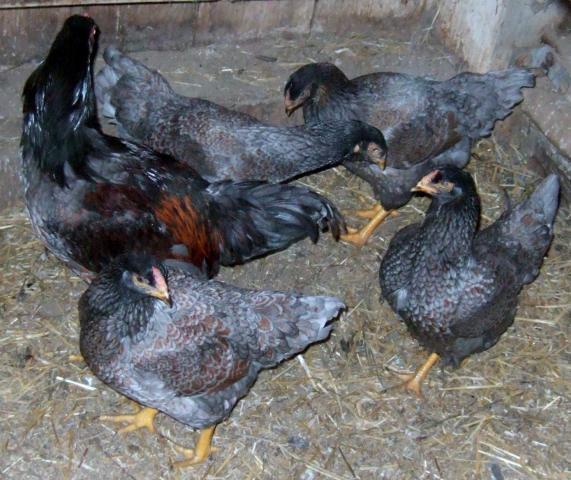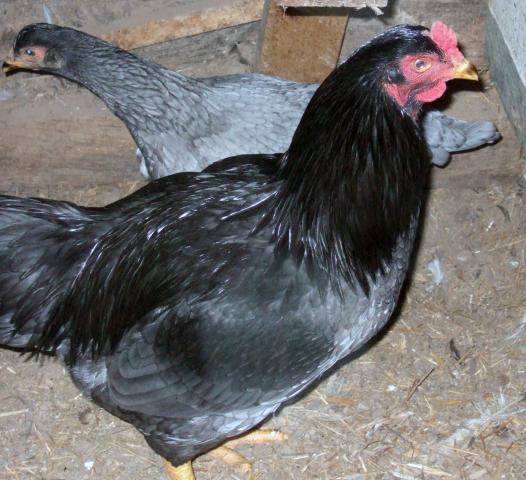Well I read the whole thread, about had to use a crutch under my left eye toward the end there. First off, there are some very nice standard Cornish in this group, in all three colors. The Okie gang look like they've got some fine white and WLR working, the darks from Michigan, and was it Illinois also look pretty good.
Questions or comments:
Dominant white- fill me in on this, my limited experience on this is Dad's birds are reccessive white covering dark(red double laced) which would be eb based.
Green legs on whites- I picked up a few white pullets for Dad at a show a year or so back, supposed to be Strait blood. Some of the other birds in the sale pen showed some green in the legs. I suspect they may not be eb based, will show some of our project birds that make me think this. You attributed this trait to a specific breeder, fill me in on that please.
Al, I would like to hear more on your breeder rations, I know Lewis Strait gave Dad his feed recipe, but could not get anybody to grind it because of carry over problems with hog feed I believe. He may still have it somewhere but can not find it, so I don't know what the questionable ingredients were.
If I remember right WLR are single laced, while jubalie are double laced, right ?
Doesn't recessive white give a better coverage than dominant white ?
Vent sexing, did some wild waterfowl several years ago now. I would highly reccomend one of those arm mounted lights with a magnifying lense surrounded by a fluorescent bulb. Use mine for all kinds of close work.
Like has been stated here many times the whites are hard to come by, Dad had to send away to California to get a cockerel a month or so back, after his lone male got old and did not produce anymore. Which was when we experimented a little with his white hens. Some of our side project birds.
which was I expected, now the ones that make wonder if something else was in play are
m/forum/uploads/24364_dscf4056.jpg[/img]







